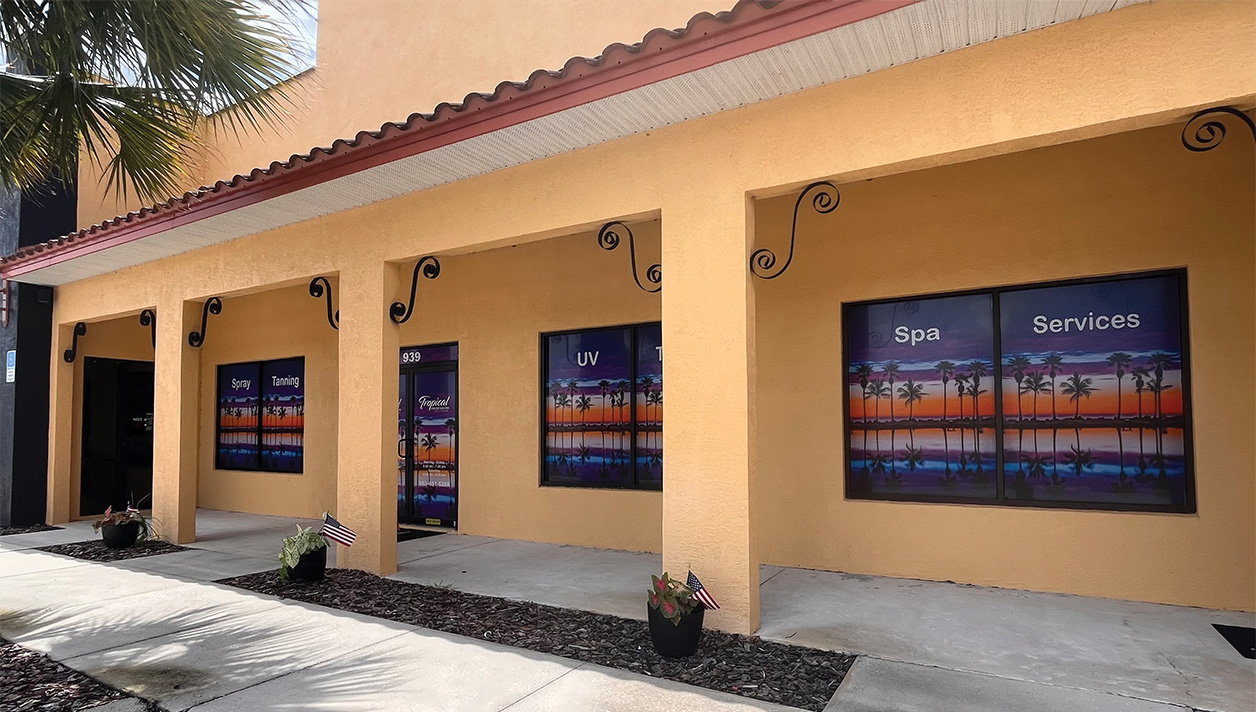[gap height=”15″]
Ever had a guest walk into the salon and proclaim their undying love for a specific fragrance? And when it wafts your way, their signature scent makes you throw up in your mouth a little?
[gap height=”15″][gap height=”15″]
How can this be?
[gap height=”15″]
Of the five senses, the sense of SMELL is the only one that passes through the limbic system first. What is the limbic system? Oh, no big deal … just the most primitive part of the brain, which is thought to be the center or core of our emotional being! Oh, it gets deeper.
[gap height=”15″]
Yep, scent-sensations or smells enter our nose and send instant, complex signals to our brain, where we process information that matches scent patterns with info retrieved from past experiences or thoughts. These instant signals stimulate the deepest part of our brain before we can even realize or identify the fragrance as vanilla, coconut, rose etc. By this time, the scent has already triggered a more deep-seated emotional response that we have NO control over.
[gap height=”15″]
What does this mean in your salon? It means that your fragrance-conscious guests have very little control over what they love and hate when it comes to smell. When selling tanning lotions, we tend to focus more on performance over fragrance – when, more often than not, they will buy a product based on its fragrance alone despite what the product does.
[gap height=”15″]
So, even if we created a product so advanced that it would make a tanner levitate on a glowing cushion of air, they would not care if it didn’t smell good!
[gap height=”15″]
In one survey, people were asked, “what are your favorite smells?” The answers included many smells generally regarded as unpleasant, like: gasoline and Magic Markers, while some smells thought of as pleasant, like vanilla, coconut and rose, were strongly disliked by certain respondents. Why? Because people relate both good and bad experiences with particular scents.
[gap height=”15″]
Despite some occasionally unique individual opinions, we can make some basic observations. We tend to “like what we know” – most people tend to like the scents they know and can recognize. There are also some fragrances/scents that everybody, or most, seem to love – such as vanilla, an increasingly popular ingredient in perfumes which has long been a standard “pleasant odor” in many studies.
[gap height=”15″]
Fragrance can even control your salon guest’s perception of a product’s performance. In one study – a consumer test of shampoos – a shampoo which participants ranked last on general performance in an initial test, was ranked first in a second test after its fragrance had been altered to a more likeable scent. In the second test, participants said that the shampoo was easier to rinse out, foamed better and left the hair glossier – when only the scent had been changed.
[gap height=”15″][gap height=”15″]
Here are some tips to become better at selling scent:
[gap height=”15″]
- Scent preference is personal; so, your “eewww” may be their new “yum!”
- There are 14 distinct scent families or types ranging from floral, fruity and citrus to woodsy or aromatic … know them.
- Tanners will gravitate to one or several types … know what they like, so you can suggest scents in those families.
- These preferences are determined by one’s scent-memory associations (subliminally, in most cases). Spend time with customers to help them discover all of them.
- Know your inventory of scents and types. It’s even a good idea to merchandise by scent, since most lotion-buying decisions will come down to scent.
[gap height=”15″]
Hey, take a whiff! It smells like more lotion profits coming for 2018!
[gap height=”15″]
Your fragrance-conscious guests have very little control over what they love and hate when it comes to smell





























